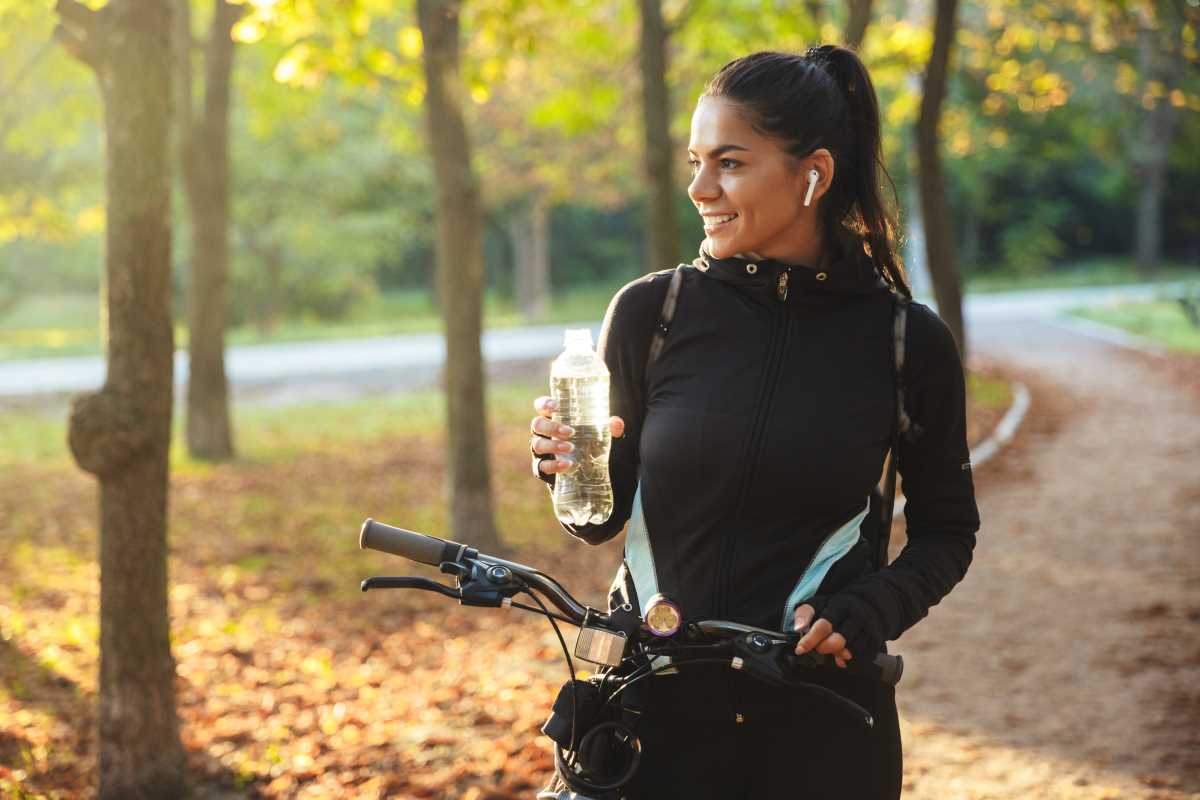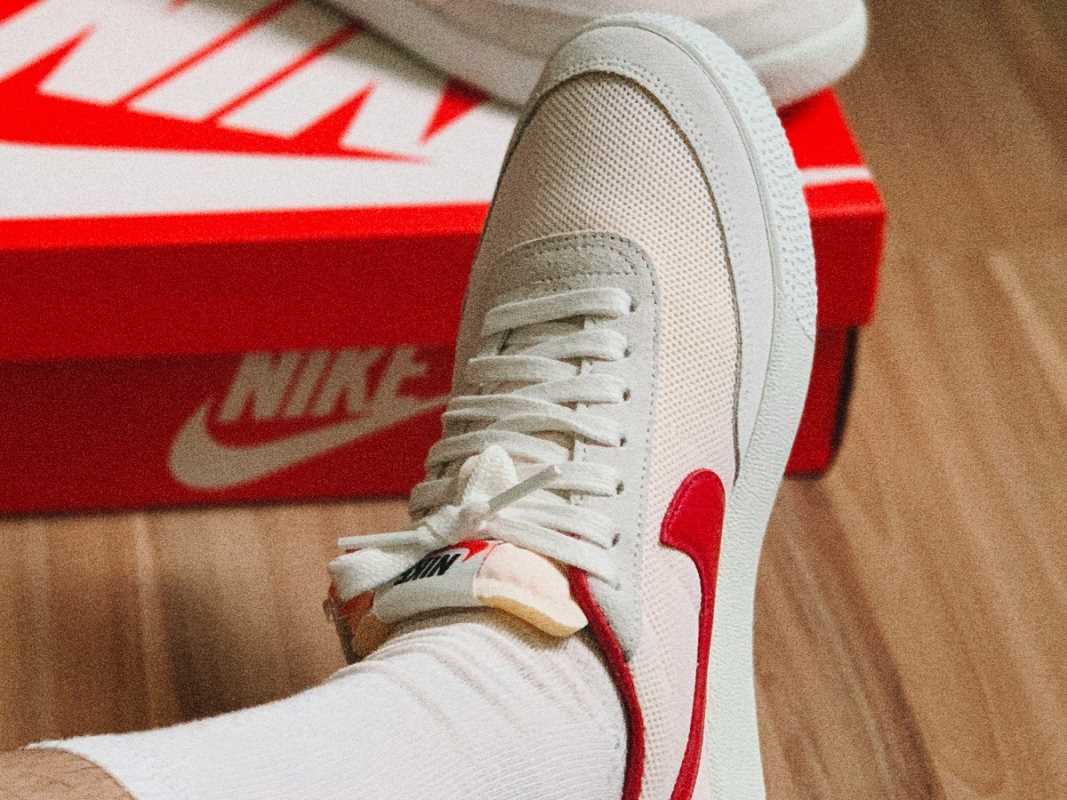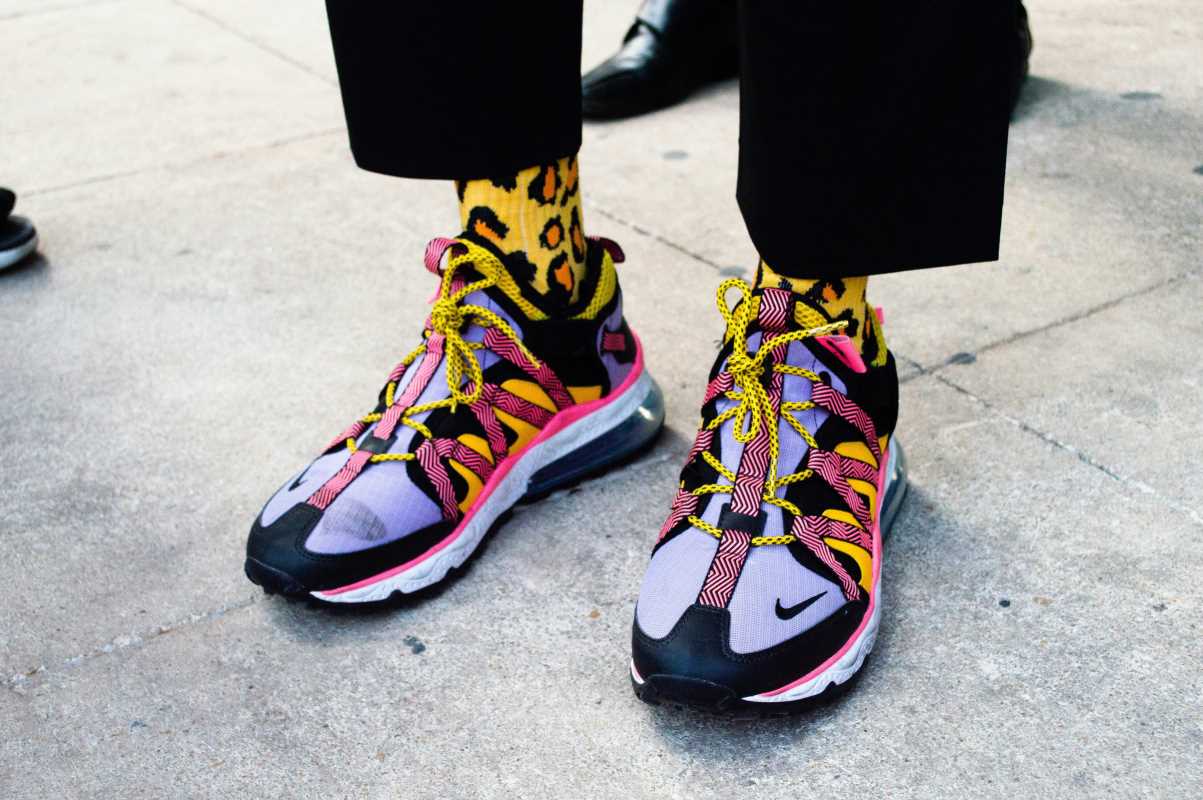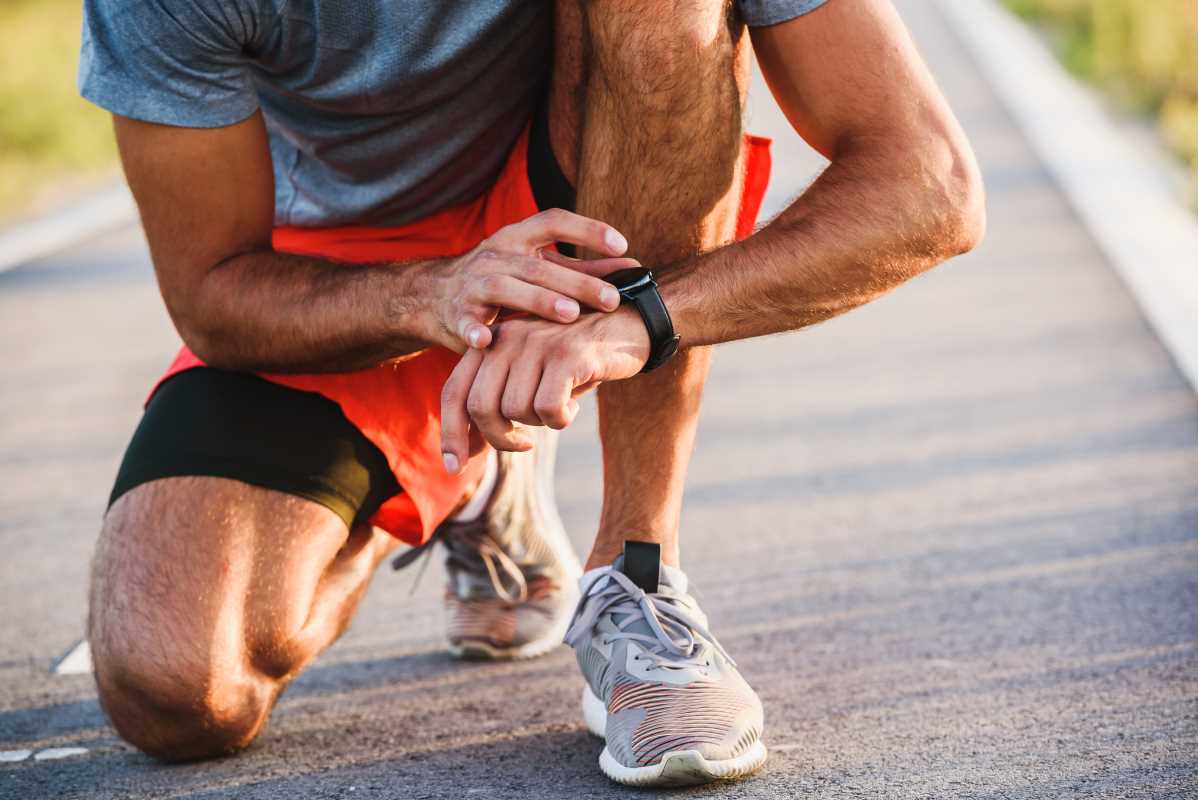Staying comfortable during wet-weather workouts often depends on your choice of rainproof gear. Selecting the right fabrics helps keep water out while allowing your skin to breathe, so you avoid feeling overheated or clammy. Good rain gear balances protection with ventilation, ensuring you stay dry from both rain and sweat. Lightweight materials that manage moisture make it easier to power through runs, even when the weather turns unpredictable. Paying attention to these details helps prevent discomfort and lets you focus on your performance, whether you’re jogging through drizzle or powering up a muddy trail after a downpour.
Expect insider tips on fabric features and methods to identify genuine performance tech. You’ll learn how to evaluate specifications without drowning in jargon. By the end, you’ll carry a checklist ready for any outdoor session, rain or shine.
Key Features of Rain-Ready Workout Textiles
- Hydrophobic Coatings: Tiny chemical shields that repel water molecules, keeping outer surfaces dry.
- Porous Membranes: Microscopic holes let sweat vapor escape while blocking liquid water entry.
- Stretch Recovery: Fabrics with strong elastane blends snap back into shape after frequent movements.
- Abrasion Resistance: Reinforced weaves withstand rough terrain or gear contact without fraying.
- Ventilation Panels: Strategically placed mesh zones boost airflow where you heat up fastest.
These elements work together to balance dryness and breathability. Skipping any one might lead to sweaty discomfort or soggy fabrics that weigh you down.
Check product tags for detailed tech breakdowns, not just flashy marketing lines. Look for clear metrics—like waterproof ratings or breathability scores—so you know what you’re signing up for.
Comparing Waterproof and Water-Resistant Fabrics
Waterproof fabrics prevent rain from penetrating entirely, thanks to laminated membranes or sealed seams. Manufacturers often specify columns of water they can withstand (e.g., 10,000 mm). That number indicates how well a material resists water pressure.
Water-resistant fabrics shed light drizzles with DWR (Durable Water Repellent) coatings. They feel softer and stretch better than full laminates, but extended exposure eventually soaks through. Choose resistant fabrics for quick runs or urban workouts. Opt for waterproof gear during heavy storms or prolonged outdoor activities.
Discovering Advanced Fabric Technologies and Their Benefits
Brands develop secret recipes—like Gore-Tex Active or eVent AirCore—and include perks beyond water resistance. You’ll find fabrics that boost moisture-wicking through chemical channels, speeding up evaporation. Some styles feature odor-control finishes that inhibit bacterial growth mile after mile.
These textiles also emphasize packability. You can scrunch a shell into a compact pouch without sacrificing performance. Such flexibility makes them ideal for unpredictable weather, allowing you to stash or deploy a jacket in seconds.
How to Spot Advanced Fabric Technologies in Next-Generation Activewear
Begin by examining the spec sheet. Look for technical terms like “directional wicking” or “3-layer composite laminate.” If a label mentions nano-scale treatments or proprietary polymer blends, the brand invested in science-backed innovation, not just color or style.
Next, feel the weight and flexibility. High-density materials often resist tears but can limit mobility. Evaluate stretch panels around shoulders or knees. If you notice subtle weave shifts—tighter in high-stress zones and looser where you bend—that indicates a purpose-designed product.
Best Ways to Choose Your Gear
- Match Activity to Tech: Use lightweight water-resistant tights for high-intensity intervals, or full waterproof shells for long-distance trail runs.
- Check Seam Sealing: Look for taped or welded seams, especially on shoulders and sleeves—key points for water intrusion.
- Test Mobility: Do air squats and arm swings before purchasing. Make sure no fabric puckers or pinches when you stretch.
- Evaluate Packability: Compress your jacket or pants into a small space and see how quickly they regain shape. Good gear feels light when worn.
- Choose Eco-Friendly Treatments: Seek PFC-free DWR finishes or bluesign® certifications that show an eco-conscious production process.
By following these steps, you avoid ending up with soggy gear or restricted movement that hampers your rhythm.
Remember, real-world testing beats lab specs. Wear the gear during a drizzly run before finalizing your choice. If you notice damp spots or soggy patches, return it for a better-fitting option.
Use this knowledge to manage rainy workouts effectively and stay looking sharp. It will help you perform confidently in any weather.
 (Image via
(Image via





